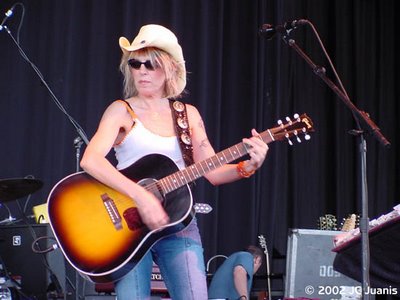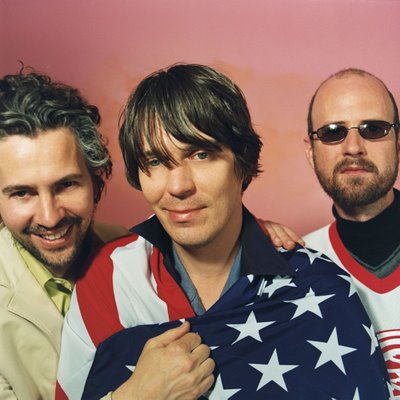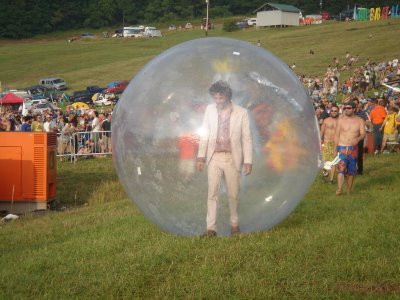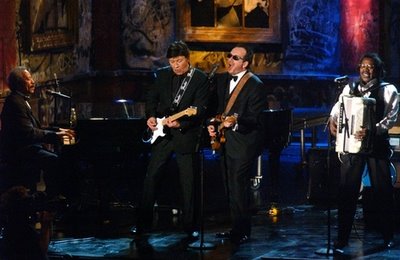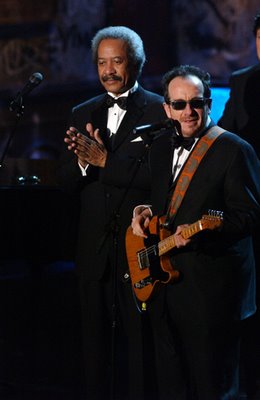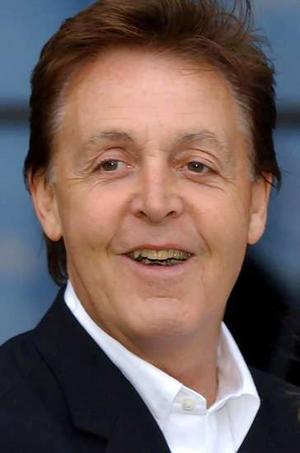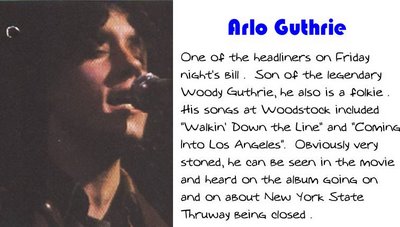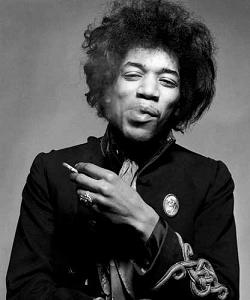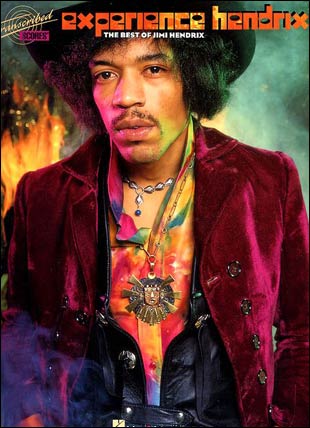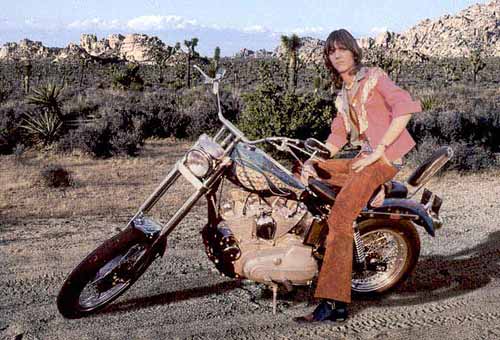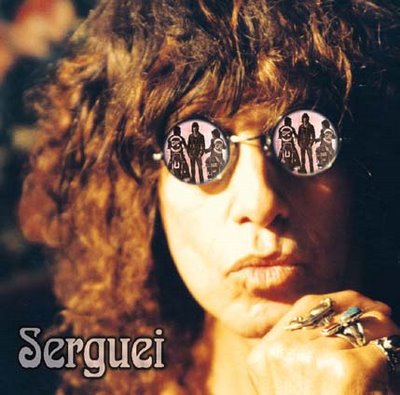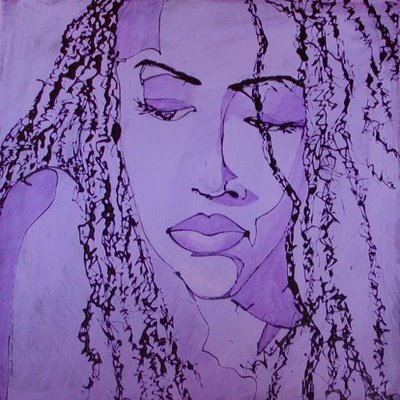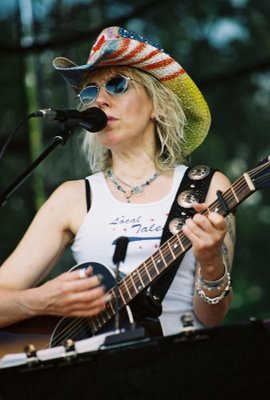
I’m always looking to move forward,” says Lucinda Williams, “and sometimes looking back is what allows you to look ahead.”
Williams has spent most of the last year looking back. Looking back at the recordings from her 2003 tour that eventually resulted in her new album, Live at the Fillmore. Looking back in the most personal way following the death of her mother last March. Looking back at some of her earliest efforts at songwriting, attempting to rekindle some of the “innocence and purity” she worries has been lost in her work.
Not that she’s gone underground. In 2004 alone, Williams turned up singing duets alongside Elvis Costello, Willie Nelson, Graham Parker, swamp-rocker
Tony Joe White, and Warped Tour punks Flogging Molly, and contributed a song to the Alejandro Escovedo benefit record Por Vida. Since then, she’s added vocals to forthcoming projects from the North Mississippi Allstars and Michelle Shocked. And, as the Fillmore album documents, she’s earned the right to catch her breath after a relentlessly productive few years—all but 4 of the 22 songs on the double-CD come from her last two studio albums (2001’s sparse, intimate Essence and 2003’s dark, groove-oriented World Without Tears), and she’s honed her band into one of rock’s most dynamic and powerful units.
Williams just returned from a month-plus road trip across the South and Southwest. After spending the holidays with her family in Fayetteville, Arkansas, she headed to Nashville for a few weeks—her first extended stay in Music City, USA, since moving away several years ago. “The New South is absolutely horrible,” she says. “They’re systematically killing off everything that’s traditional, because they’re ashamed of being Southern. It’s why I can’t live there anymore.”
And she’s been on the run since getting back to her current hometown of Los Angeles—a raucous 52nd birthday party celebrating her return was followed by several nights in a row hanging out at friends’ gigs—so she hasn’t even unpacked yet. At the landmark, ’50s-retro Safari Inn near her home in Burbank, Williams polishes off a bowl of oatmeal and settles in to talk about the process of assembling a live album, the changes in her songwriting, and why her notorious reputation as a studio perfectionist may finally be behind her.
Q. Everyone usually indentifies you as a songwriter. But what does performing onstage mean to you?
A. I’ve always thought of myself as a songwriter first, and I’ve always seen my voice as more of a vehicle to get my songs across. Looking back on it, I felt limited as a singer from the get-go, because I grew up listening to singers more in the folk realm, like Judy Collins, Joan Baez, and Joni Mitchell—all these singers who had amazing ranges and could just sing all over the place. I would try to do it and I couldn’t and I’d just get all frustrated. So I decided early on that I better become a really good songwriter, then I could be like Bob Dylan and nobody would care if I could sing that well because my songs would be really good.
Q. Why was this the right time to make a live record?
A. People kept telling me to do it, but it was never the right place at the right time. Now I have the band together that I feel comfortable with, and it felt real natural and confident. It’s an interesting project. I don’t know what I used to think—I guess that you just turn on the tape recorder and record the show and that’s it, the way bootlegs are done. And some live albums do sound like that. That’s another reason why I never have been real enthusiastic about doing it, because I don’t like most live albums. They’re usually not recorded that well, there’s so much noise and applause and stuff that gets in the way, and usually the performance isn’t as good as it is on the studio version. Like some of Bob Dylan’s live records are just horrible, you know?
Q. So what was the process of getting it done?
A. We recorded three nights at the El Rey (in Los Angeles) and three nights at the Fillmore (in San Francisco), and then we had to sit down and try to weed out the best stuff. We ended up with all songs from the Fillmore, which I was glad about for the romantic, historical implications. But I was a little frustrated because we hadn’t been able to afford to record more shows than that. I had thought we would have more songs to pick from. I wanted it to be more of a retrospective, greatest hits thing.
Q. It’s true that what jumps out immediately is how much the album is weighted to songs from your last two albums, Essence and World Without Tears.
A. Believe me, that was a huge bone of contention. I was really upset about it. When I found out that we were only recording the last two stops, I had a fucking shit fit. I was so mad and upset. Then I had to kind of regroup and say, well, this has to be more of a snapshot—like, if you went to see us play, this is the show. We actually did record some of the older songs, but I just didn’t put them on; they’re going to be on iTunes. “Passionate Kisses,” “I Just Want to See You So Bad,” “Like a Rose”—I just didn’t think they fit. And that’s part of the process, too. Just like oh, damn, I wanted to get that on there, but what are you going to do? It’s hard making a live record! You have to work with what you’ve got.
Q. When you say the older songs didn’t fit, is that because you think the new albums are so different, separate from the earlier records?
A. Yeah, I guess I do. I think that’s one of the reasons I left those songs off. My first couple records are mostly kind of ballad-y things, folky, country-folk. I didn’t have that much up-tempo, rock material. And there’s definitely a difference in the writing.
Q. More narrative.
A. Yeah, that’s something that people have been missing probably, since Car Wheels, which kind of defined me—and it’s been hard since Car Wheels. I’m so self-conscious about it, because that’s the record that won a Grammy and went gold—a lot of people discovered me with that record. And when I did Essence, all of a sudden people felt sort of let down because there weren’t more narrative songs on it. But what are you gonna do? You can’t win for losing, because if I’d done another Car Wheels, everybody would say I just did another Car Wheels. I love the Essence record—that’s my favorite record as far as the production goes, the way my voice sounds. I was trying for something a little simpler and more spacious, allowing the music to do more and not doing so much of the “singer/songwriter” thing. It was very liberating. And it did take a certain amount of courage, because I just allowed the songs to be what they were. Before I would have said there’s not enough here—like “Steal Your Love,” this is a nice little song, but it’s not good enough. I’m going through an interesting process now. I’m looking back at what made Car Wheels work, at some of those songs, and even back to the Lucinda Williams record, the one that came out on Rough Trade.
Q. Why are you going back to those now?
A. Because those records are the ones that everybody always talks about. And I think part of that is because with the self-titled one, there was a certain kind of innocence, a certain purity in those songs, and I wasn’t trying to be heavy or anything. By the time I got to Car Wheels, I kinda took the elements of the Rough Trade record but then made it a little heavier, and that’s probably why that record did so well. So I’m looking back at the roots of my writing—songs like “Jackson” are just so simple and folky, but I think that’s what people like about what I do. Actually what I’ve been doing lately is, I went all the way back and looked at a bunch of songs I wrote a long time ago, like, before the Rough Trade record.
Q. Things you wrote in the ’80s?
A. Further back than that, like back to the ’70s. I have some songs I wrote that have never seen the light of day, and I went back to those and I went, well, maybe… because there’s that purity and simplicity that people seem to respond to. I think I got kinda self-conscious about being more writerly, more intellectual or whatever, and maybe I need to loosen the reins a little bit.
Q. What do they look like now when you go back to them?
A. Really, really, really innocent. I have this one song called “Venetian Blinds,” which is a great image—peeking through Venetian blinds at someone that you’re longing after. I used to sing these songs back in Austin, back in the old days, and when I go back to Texas to play, some people remember them and yell ’em out. Like I had this one, “Song for the Jewelry Maker,” about a guy who was selling jewelry down on the drag in Austin. I’ve got this really, really old song called “Old Memories” and Nanci Griffith always asks me if I’m going to record it and I’m like I don’t know. It goes “Old memories, light up my night/Like a beacon, lights up the sky.” I mean, come on, it’s full of clichés! So I don’t know.
Q. Can you still find a way into them? Does it seem like they were written by some whole other person?
A. Well, that’s what I’m saying—they’re certainly not what I’m writing now, but does that mean they’re not good enough? I always look at them like they don’t measure up to what I’ m doing now. I even look at some of the stuff on the Rough Trade record and think I never would write a song like that now, like “Big Red Sun Blues” or even “Crescent City.” But people love those songs! I’m getting in my own way. And I think we do that as artists sometimes, as we grow and get better—and I do like to think that I’m continuing to improve as a writer and as a singer and everything. But at the same time, now I’m revisiting all that early stuff and I’m looking at what made them work. Why do people like “Crescent City?” And maybe there’s something in those songs I can tap into, that would bring me back there to some extent. So we’ll see what happens with those songs when we go in the studio. I’m going to take them in the way they are, and we’re going to turn the tape recorder on, I’m going to show them to the band, and we’re just going to record. A lot of times you get these amazing versions when you’re rehearsing because nobody knows the song yet. When we were rehearsing the songs for World Without Tears, we had a rehearsal space, we weren’t at an actual studio because we couldn’t afford it. We had a guy come in and record it, but it wasn’t good enough and we all were frustrated later—like when I was first showing the band “Righteously,” we never got that again, what it was when they first were listening and playing and learning the song.
Q. Sounds like something’s come over you—the Lucinda legend is that you can never let it go in the studio.
A. I know, but I’ve always been able to do that, I just had to have the right combination of things. And I have learned how to work in the studio better. But I’ve never been the perfectionist that people say that I am—it’s just that I’m more in control now, and this band and I just work really well together, we have a mutual respect thing happening.
Q. Have you started writing again, or are you still gearing up?
A. I’ve been writing. I started pretty much right after we got off the road in the fall, got a couple of them finished, and then I started a couple more when I was driving back. I wrote a new song driving in my truck from Memphis to LA. I’m really happy with them. A couple of them deal with my mother’s death, working that stuff out. I’ve got three songs pretty much done, a couple others started that I’ve got ideas for. Once I’ve got the seed planted, then it’s just a matter of sitting down and working. There’s no lack of inspiration here, that’s for sure.
